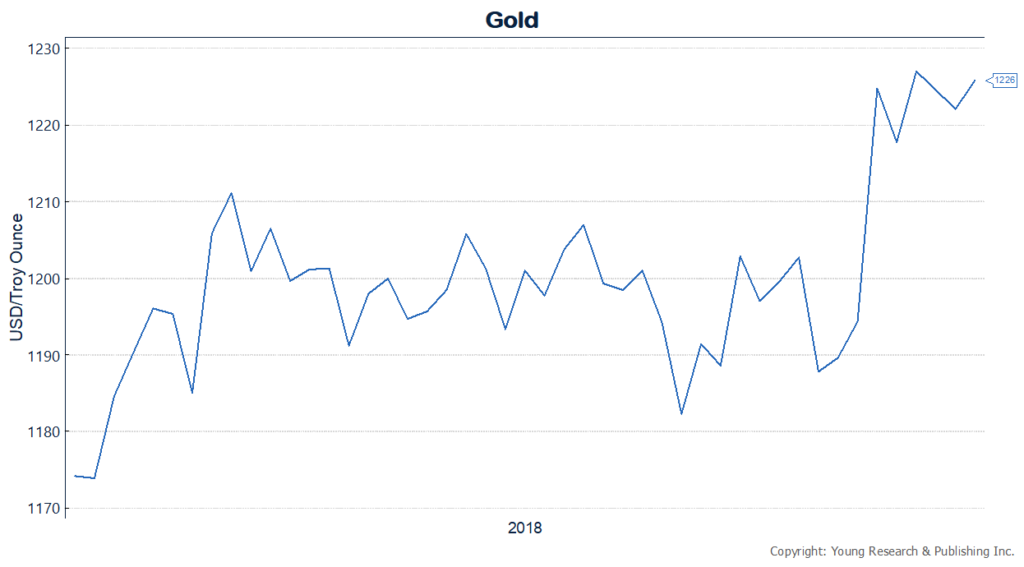How does your retirement portfolio look?
- Do you actually have any idea what you are doing? Do you feel like you are over your head and investing with a crap-shoot mentality?
- Are you subsisting on outmoded, far-too-big mutual funds or, worse yet, those ghastly oversized index funds?
- Are you a total neophyte on bond investing and pretty much devoid of understanding the miracle of interest, patience, and compounding?
If your answer is yes to any of these questions, you may require a whole new battle plan to strengthen your investment strategy.
Since 1978 Young Research has developed strategies for conservatives like you.
My son Matt Young, CEO of our family investment counseling firm, writes our monthly client letter to level the playing field for concerned conservatives.
After four decades of writing my monthly subscription-based strategy reports, I have retired. Now, I concentrate 100% on international research that supports the efforts of Matt and his senior leadership team at our family investment counseling business. My research is a fundamental component of Matt’s monthly client letters.
Why not stay in touch with Matt and me monthly. If you are not yet signed up, simply add your name to our inquiry register below.
My family looks forward to welcoming you and your family to a whole new world of compounding, consistency, and comfort.
Warm regards,
Dick
